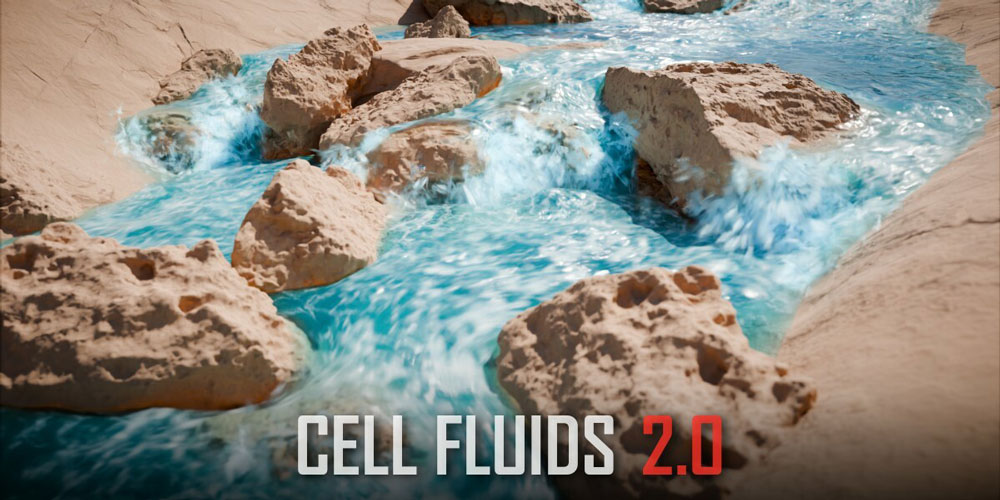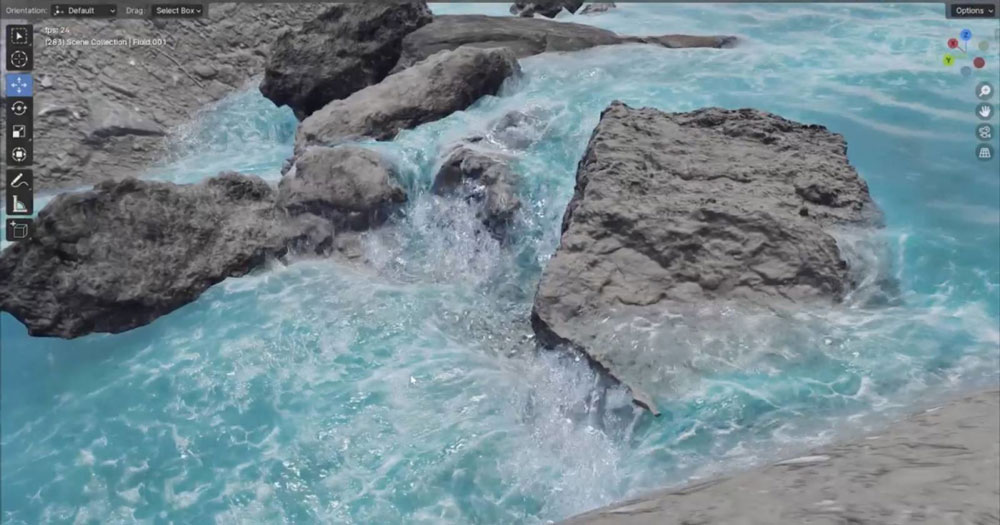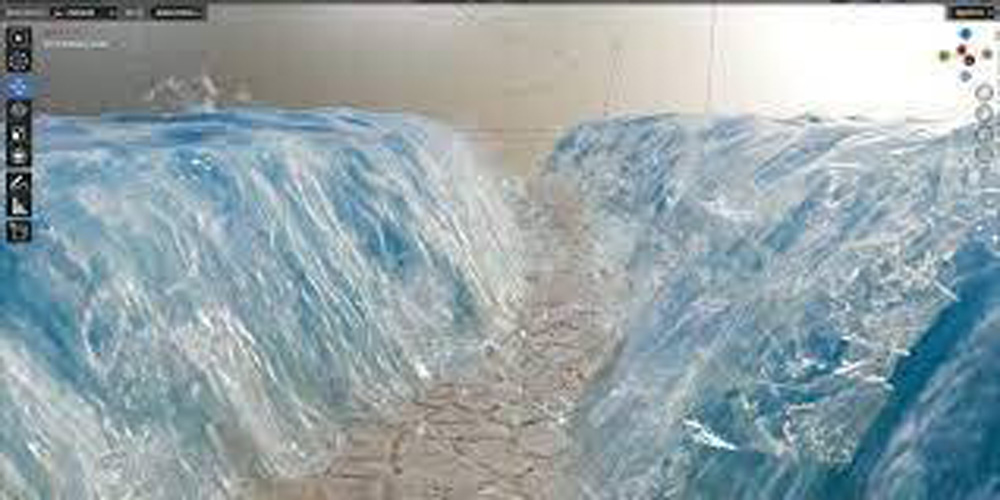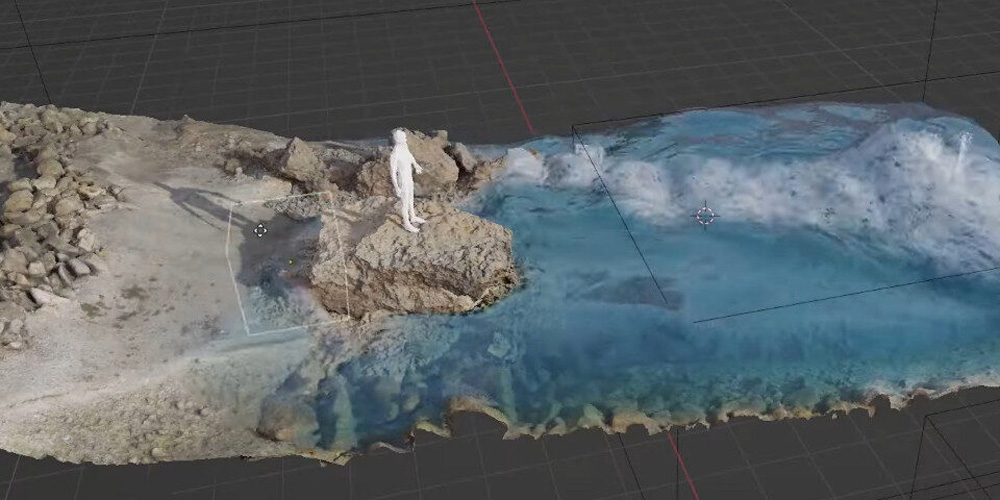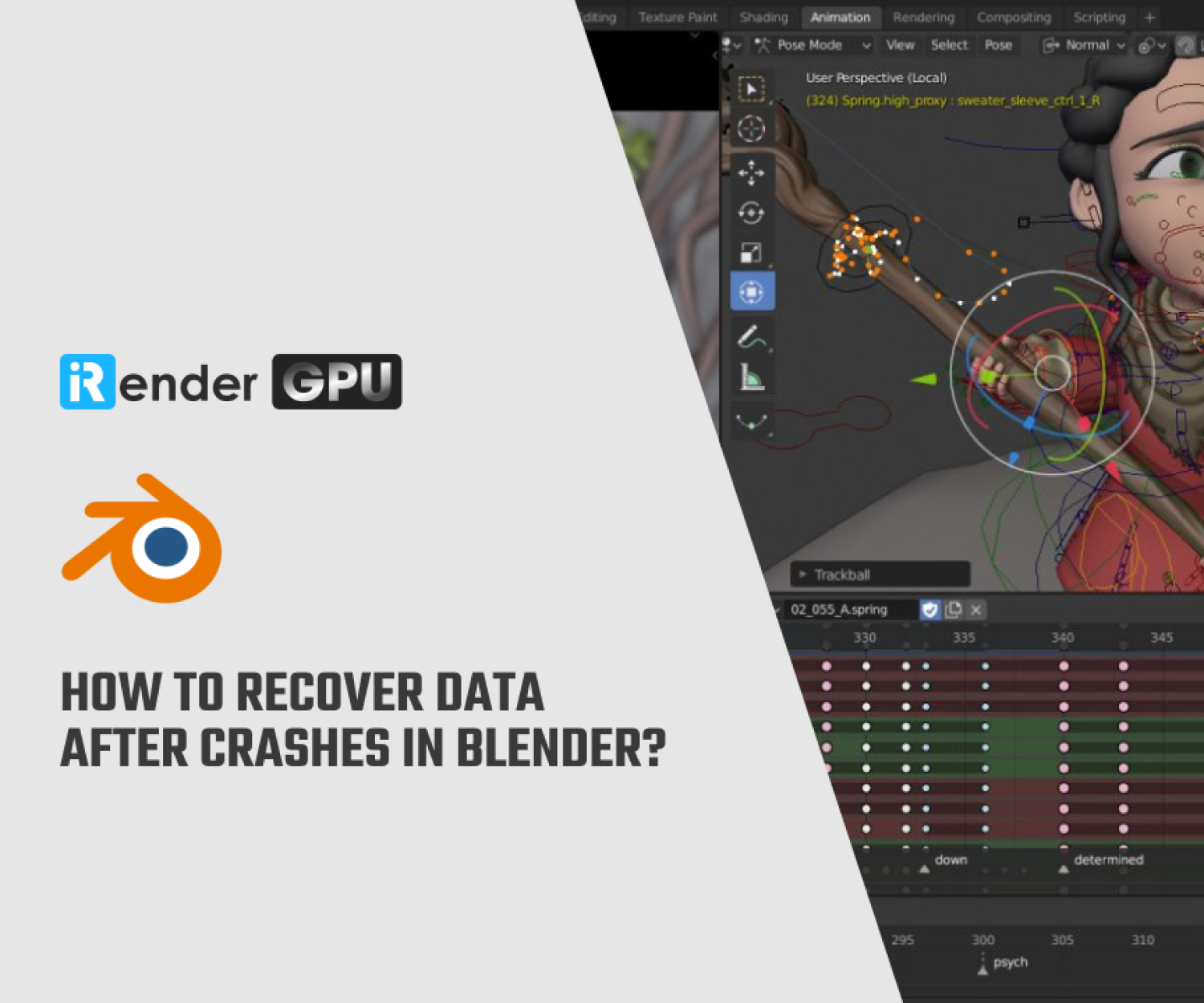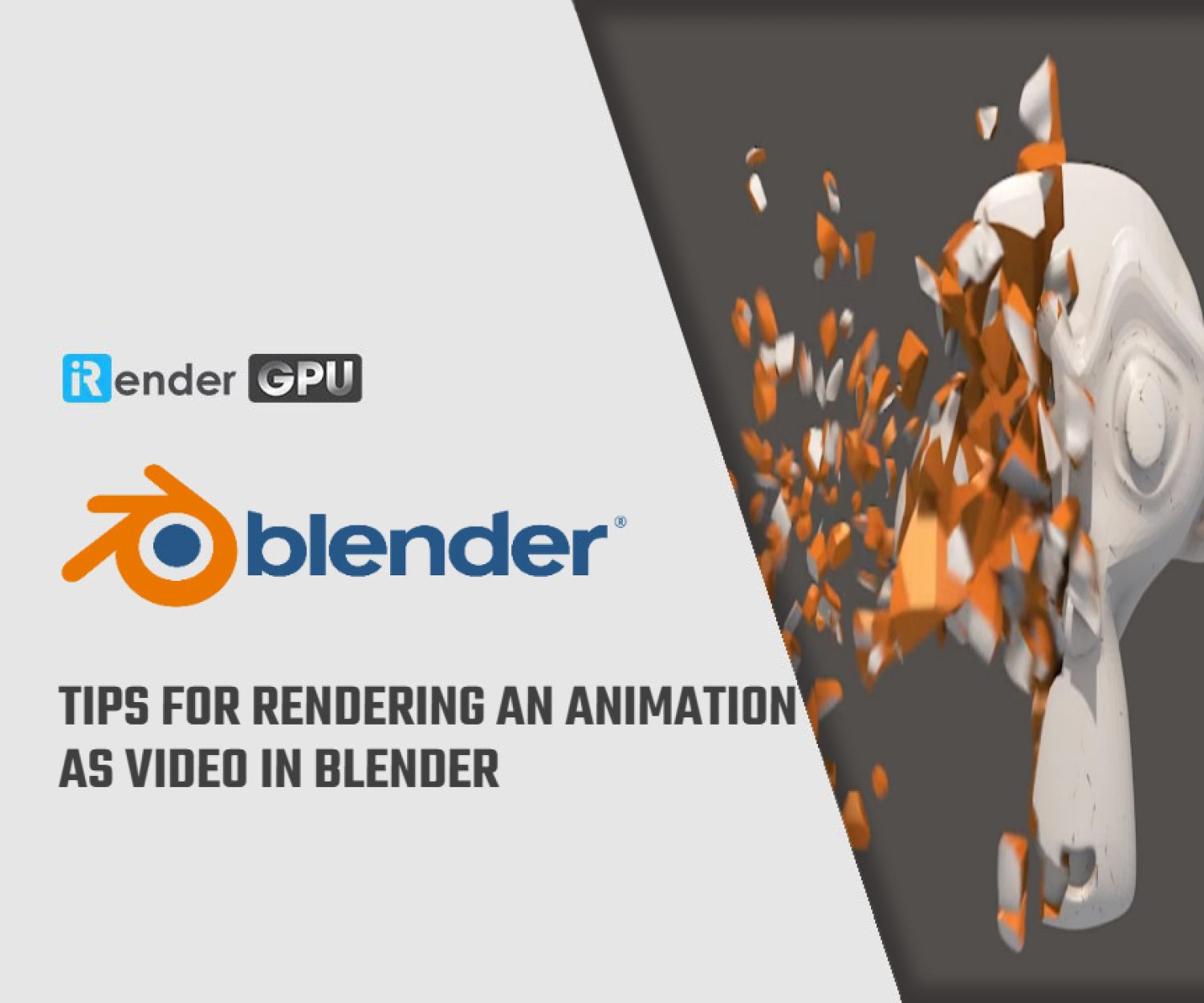Cell Fluids 2.0 for Blender is available now
The world of 3D animation and simulation continues to evolve, offering creators powerful tools to enhance their projects. Among these advancements is the recent release of Cell Fluids 2.0 for Blender, a groundbreaking add-on that significantly expands the capabilities of fluid simulation within the popular open-source software. This latest version brings a host of new features and improvements, enabling artists and designers to create stunningly realistic simulations with greater ease and efficiency.
In this blog, we will explore the key enhancements of Cell Fluids 2.0, its implications for the animation community, and how it can be utilized to elevate the quality of digital creations.
Definition of Cell Fluids 2.0 for Blender
Image Source: Blender Market
Cell Fluids 2.0 for Blender is an advanced add-on designed to enhance the fluid simulation capabilities within Blender, a popular open-source 3D modeling and animation software. This tool allows users to create highly realistic liquid simulations that mimic the behavior of fluids at a cellular level. With features such as improved physics calculations, intuitive controls, and customizable parameters, Cell Fluids 2.0 enables artists to achieve intricate fluid dynamics and visually stunning effects. Whether for animation, visual effects, or scientific visualization, this add-on serves as a significant resource for creators looking to enhance their work with detailed and dynamic liquid simulations.
How to install Cell Fluids for Blender
Image Source: 80LV
Installing Cell Fluids 2.0 for Blender is straightforward and allows you to enhance your fluid simulation capabilities within the software. To begin, you’ll need to download the add-on from the official website or a trusted marketplace. The add-on package usually comes in a .zip format, which you should save to an easily accessible location on your computer.
Once you have the add-on downloaded, open Blender and navigate to the Preferences menu. You can find this by clicking on “Edit” in the top left corner of the Blender interface and selecting “Preferences.” In the Preferences window, click on the “Add-ons” tab located on the left sidebar. This section is where you can manage all add-ons available in Blender.
Next, look for the “Install” button at the Add-ons section’s top right. Clicking this button prompts a file browser to open. Here, you will need to navigate to the location where you saved the Cell Fluids 2.0 .zip file. Select the file and click “Install Add-on.” Blender will then process the file and add the add-on to your list.
After installation, you should see Cell Fluids 2.0 in the list of available add-ons within the Add-ons tab. To activate the add-on, simply check the box next to its name.
Key features of Cell Fluids 2.0
Image Source: CG Channel
Cell Fluids 2.0 for Blender offers a variety of key features that enhance its fluid simulation capabilities. Some of the notable features include:
- Enhanced Fluid Dynamics: Improved algorithms allow for more realistic and accurate simulations of fluid behavior, accounting for factors like viscosity and surface tension.
- User-Friendly Interface: A streamlined interface makes navigating settings and parameters easier, facilitating quicker adjustments and refinements to simulations.
- Customizable Parameters: Users can adjust a wide range of properties, such as fluid viscosity, density, and flow speed, to create specific effects and tailor simulations to their needs.
- Object Interaction: The add-on supports realistic interactions between fluids and other objects within the scene, allowing for collision detection and response.
- Particle Simulation: Integration with particle systems enables the creation of complex effects, such as splashes and debris, that enhance the overall realism of the fluid simulations.
- Real-Time Playback: Improved performance allows for real-time feedback while simulating, making it easier to see and adjust simulations on the fly.
- Support for Mesh and Volume Fluids: Users can choose between simulating meshes or volumetric fluids, offering flexibility depending on the desired outcome.
Advantages of using Cell Fluids in Blender
Image Source: CG Channel
Blender has powerful tools for fluid simulation, which can be hugely beneficial for various types of projects. Here are some advantages of using cell fluids in Blender:
Realistic Fluid Dynamics: One of the main advantages of using fluid simulation in Blender is the ability to create highly realistic effects for water, liquids, or gases. The software utilizes advanced physics algorithms to simulate how fluids behave in real environments, allowing artists and animators to depict realistic movement, splashes, and interactions between fluids and other objects. This realism enhances the overall visual quality of animations and renders.
Control over Simulation Parameters: Blender allows users to have detailed control over various parameters of the fluid simulation, such as viscosity, density, and surface tension. This level of control enables artists to create specific effects tailored to the needs of their projects, whether they’re working on animation, visual effects, or game development. By adjusting these settings, users can simulate everything from thick, syrupy liquids to thin, flowing water, making it adaptable for a range of creative scenarios.
Integration with Other Features: Blender’s fluid simulation works seamlessly with other software features, such as particle systems, smoke simulations, and force fields. This integration allows for creating complex scenes where fluid interacts with other elements, such as particles being carried by a current or smoke blending with water.
Enhancing Storytelling: Using fluid simulations can significantly enhance storytelling in animations and visual presentations. Fluid interactions can convey emotions, create tension, or depict natural phenomena, allowing artists to immerse their audience further into the narrative
Time and Resource Efficiency: Blender’s robust fluid simulation tools can save time and resources in the animation and modeling process. Rather than relying on traditional animation techniques to depict fluid motion (which can be time-consuming and labor-intensive), artists can achieve complex fluid effects more efficiently through simulation.
Disadvantages of Cell Fluids in Blender
Image Source: Beddis
High Computational Demand: Fluid simulations can be very resource-intensive, requiring significant computational power and memory. This can lead to longer rendering times, especially for complex simulations with high-resolution and detailed interactions.
Complexity in Setup: Setting up fluid simulations can be complex and requires a deep understanding of Blender’s physics systems. Users may need to familiarize themselves with various settings, such as domain boundaries, fluid types, and particle interactions.
Limitations in Realism: While Blender’s fluid simulation tools can produce realistic effects, limitations remain. Certain complex fluid behaviors, such as turbulence, secondary flows, or interactions with environmental forces, may not be accurately captured. Users who require hyper-realistic simulations may need to use additional techniques or rely on specialized software to achieve their desired level of realism.
Conclusion
Users with less powerful hardware may find it challenging to work efficiently with fluid dynamics, resulting in slower workflows and potential frustration during project development. Don’t worry about that, let’s join with iRender. iRender Farm provide high performance machines can handle all the complexity projects.
How to render Cell Fluids with iRender Farm?
First of all, iRender – the best cloud rendering service, provides high-configuration servers that increase CPU and GPU rendering speeds. We support all software currently. Our iRender GPU Render Farm offers from 1/2/4/6/8 RTX 4090s and 8 RTX 3090 servers. All servers at iRender are also equipped with AMD Ryzen™ Threadripper™ PRO 3955WX @ 3.9 – 4.2GHz or AMD Ryzen™ Threadripper™ PRO 5975WX @ 3.6 – 4.5GHz, 256GB RAM, 2TB Storage NVMe SSD.
iRender has an easy workflow with pre-installed Blender 4.2 LTS.
You can choose the server which suitable for your project, we have various options here:
Besides, you can check our test video on RTX 4090 here:
Besides, we also have flexible prices for all small to big projects. Right now, we have a SPECIAL DEAL like this:
Enjoy our new beast and boost your multiple GPUs rendering now! If you have any comments about our article, please do not hesitate to reach us at [email protected] or Whatsapp: +(84) 916017116.
iRender – Happy Rendering!
Related Posts
The latest creative news from Blender Cloud Rendering, Redshift Cloud Rendering, Houdini Cloud Rendering , Octane Cloud Rendering, 3D VFX Plugins & Cloud Rendering.

